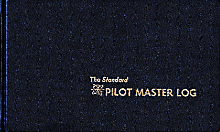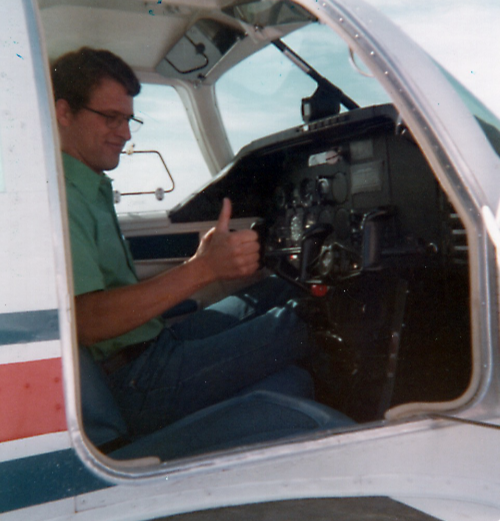

Training In High Performance
August 29, 1975

The student pilot logbook line item pictured above is that for my instrument rating check ride. Not much of a story there; I passed (photo below). But the aircraft make and model I logged for the check ride flight does lead into a bit of an opinion piece for flight schools and flight instructors; summed up here as "make your instruction more difficult than the minimum it really needs to be just to get your student to pass a check ride." Or, the short version: "minimal training makes minimal pilots." Maybe my title should be "Training For High Performance?"
The aircraft make and model is a Mooney M20C, an aircraft generally referred to as a "high performance" or a "complex" aircraft. The flight school at which I took my professional pilot training offered students the option of doing their instrument rating in the Mooney, and I (and most of the other students) took that option. Doing the instrument training in a high performance airplane is a desirable option for future professional pilots, and the community college at which I later taught as a flight instructor did all their instrument rating instruction in Beech Bonanzas.
A fast, complex high performance aircraft forces the instrument student to expand their focus and situational awareness to more than just flight and navigation instruments. It forces them to get used to thinking farther ahead and to deal with a more complicated decision-making process. All good factors if you want to produce an instrument-rated pilot who will be competent at dealing with a professional aviation environment without excessive oversight and hand-holding by his mentors and his fellow crewmembers. Or a professional pilot who can handle a fast, high performance aircraft in a solo environment, like many entry-level career path aviation jobs will be. Where real life doesn't care and isn't going to make it easy for a pilot trained only to the minimum; where the pilot's performance at a high level will be the difference between life and death.
There's another reason a high performance aircraft makes a good instrument trainer. Maybe it's a secret not explained to students. But just ask any jet pilot: it's easier tracking down an ILS in a fast, heavy aircraft. Every little updraft, downdraft, and crosswind component shift affects you less. Maybe that observation seems at odds with my opinion above. But instrument training is and should involve more than just keeping the needles centered, so, no, I don't think so, not really.
02-27-2023

-------------------------------------------------------------------
References for Non-Pilots:
-------------------------------------------------------------------